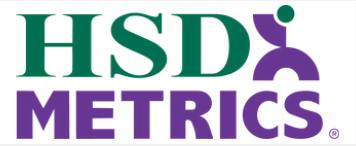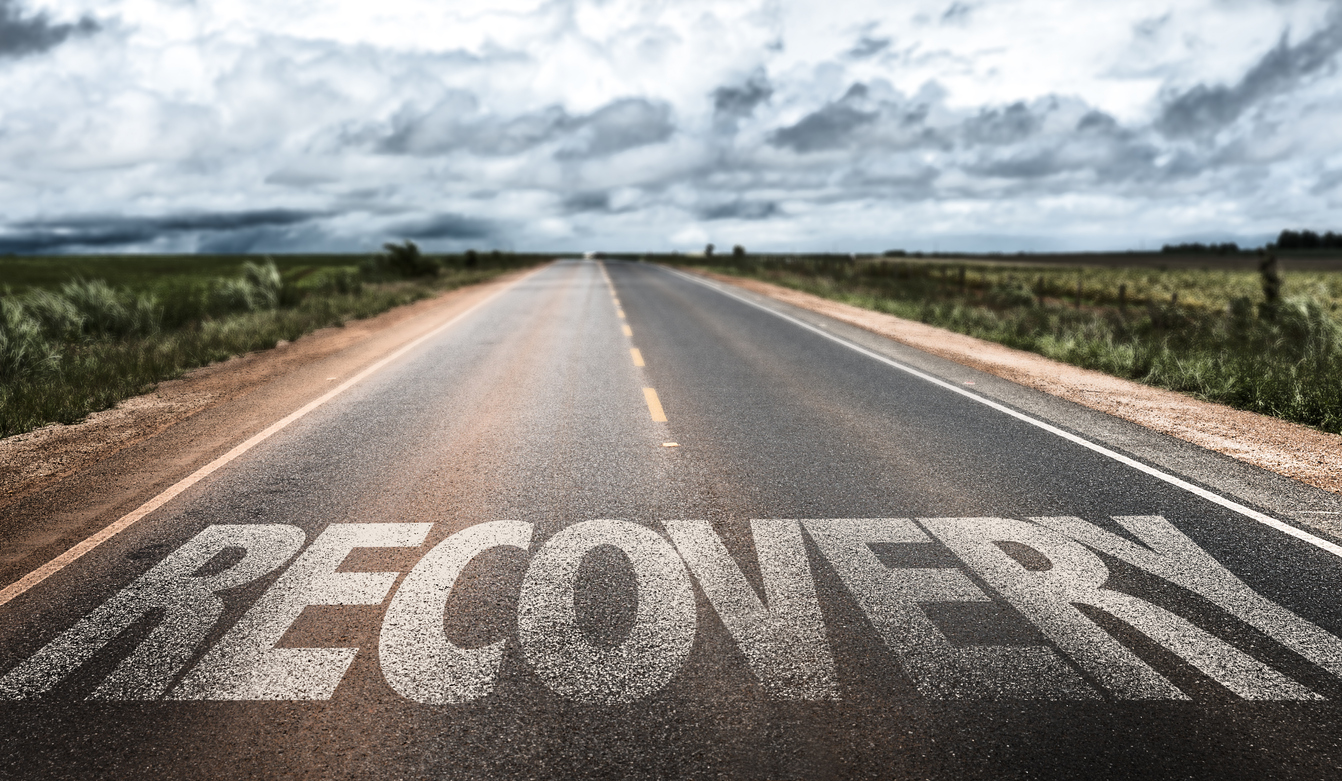Historical Impact
Throughout history, the human race witnessing catastrophic impacts from a single event has been quite rare. Even during extreme weather events like hurricanes, forest fires, tidal waves, or tornadoes, only a small portion of the population was affected. Yet when COVID-19 began to spread during the first quarter of 2020, the entire world collectively held its breath.
Regardless of race, class, age, or religion, humanity as a whole was affected by the COVID-19 pandemic. Schools closed their doors and organizations turned off their lights, some to never turn them on again. Families and friends stayed separated and isolated as being socially distant became the new normal.
Many organizations made tough, and oftentimes drastic, decisions regarding their workforce. Within a matter of days, entire offices went from working alongside their colleague to working remotely and isolated from the comfort of their sofa or fancy kitchen tables. The few remaining organizations able to remain open rushed to incorporate safety measures such as providing face masks, hand washing stations, and wellness checks. Businesses that were severely impacted by the economic fallout were forced to lay off or furlough their employees. Everyone was affected by the pandemic, yet everyone held on to the hope that one day, things would get back to normal.
In previous posts, we’ve identified the first three phases of workforce recovery: Monitor – Prepare – Readiness and how to best address each to be the most prepared when reintegrating your workforce. What will the new normal look like? For an organization to bounce back successfully, the changes that need to be made to be best positioned to begin the road to recovery need to be top of mind. In the fourth phase of workforce recovery – Recovery, employers must place a high level of importance on understanding the feelings of their employees regarding their new ‘normal’ at the workplace. Do they feel safe? Are they having trouble working with people again? Are they struggling with personal issues such as childcare needs? Do they still feel loyal to the company assuming they ever were? The answers to those questions will help an organization better understand the health of the employee’s overall satisfaction, which directly influences engagement and productivity.
So how do you get the answers to those questions? The fastest way to capture employee sentiment and understand their level of engagement is by implementing what’s known as a pulse survey is the most efficient way. Employers must maintain a constant dialogue with their employees and institute a listening framework (often referred to as a listening strategy) with their workforce. Feeling heard translates to feeling valued, and feeling valued yields increased effort which creates better results.
Need help implementing, or want to learn more about pulse surveys? Our StayRight® solution helps you gather invaluable employee insight and feedback data in real-time. Specifically designed with ‘new normal’ COVID-19 workplaces in mind, this tool equips organizations by better understanding employee concerns and priorities, increase retention, and understand whether or not employees are planning to stay or looking to leave.
Contact us to learn more about how we can help your organization during these challenging times.


